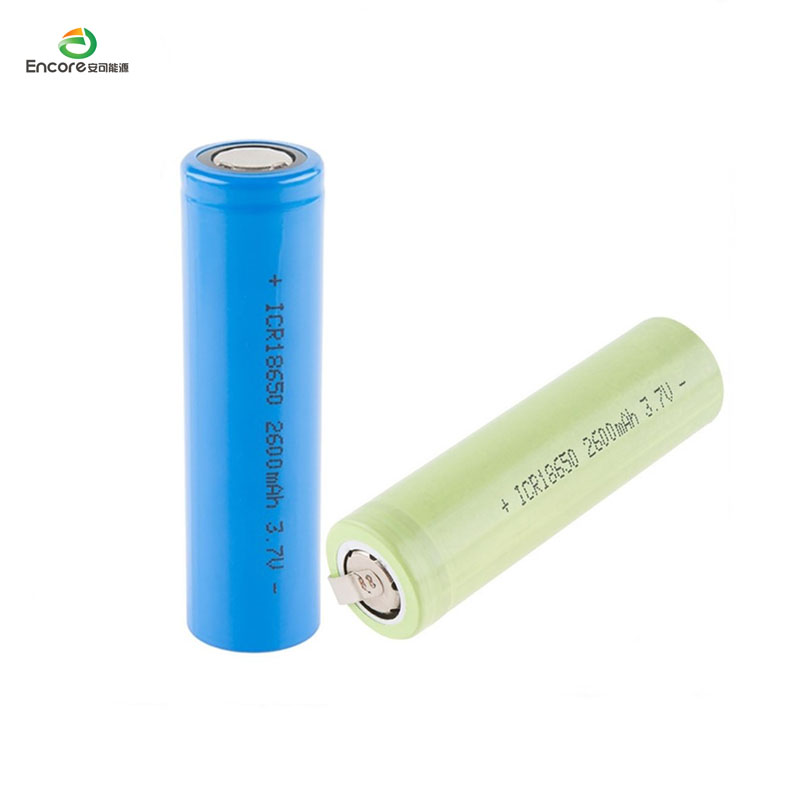- English
- Español
- Português
- русский
- Français
- 日本語
- Deutsch
- tiếng Việt
- Italiano
- Nederlands
- ภาษาไทย
- Polski
- 한국어
- Svenska
- magyar
- Malay
- বাংলা ভাষার
- Dansk
- Suomi
- हिन्दी
- Pilipino
- Türkçe
- Gaeilge
- العربية
- Indonesia
- Norsk
- تمل
- český
- ελληνικά
- український
- Javanese
- فارسی
- தமிழ்
- తెలుగు
- नेपाली
- Burmese
- български
- ລາວ
- Latine
- Қазақша
- Euskal
- Azərbaycan
- Slovenský jazyk
- Македонски
- Lietuvos
- Eesti Keel
- Română
- Slovenski
- मराठी
- Srpski језик
Besides capacity, what is the internal resistance of a lithium ion battery single cell before it is scrapped?
2025-08-27
Over long-term use, the internal resistance of a lithium ion battery single cell inevitably increases. This increase in internal resistance is directly related to the battery's output efficiency, temperature rise, and safety performance. When internal resistance is too high, the battery cell's discharge capacity is significantly reduced, and the terminal voltage drops sharply at the same discharge current. This not only fails to meet the power requirements of the device but also causes excessive heat generation, posing a serious safety hazard. Therefore, internal resistance is one of the core parameters for assessing the health of lithium-ion battery cells and determining whether they have reached the end of their lifespan.
It is generally accepted in the industry that a lithium ion battery single cell enters the scrap evaluation stage when its AC internal resistance (ACIR) or DC internal resistance (DCIR) increases to 150%-200% of its initial value. This threshold is not absolutely fixed and varies slightly depending on the battery type, application scenario (such as power or energy storage), and manufacturer's design specifications. Internal resistance reaching this level indicates serious problems within the battery cell, including structural degradation of the active materials, electrolyte depletion, and increased interfacial impedance. Even if some capacity remains, its practical usability is extremely low, high-current discharge capability is nearly lost, and the risk of localized overheating increases dramatically.
Exceeding the specified internal resistance is a key factor in determining whether a lithium ion battery single cell should be scrapped. When the internal resistance reaches 150%-200% of its initial value, the specific threshold should be determined based on manufacturer documentation, actual capacity decay (e.g., below 80% of rated capacity), temperature rise, and safety assessments. However, this internal resistance level clearly indicates severe performance degradation and safety risks within the battery cell, necessitating prompt replacement or removal from service. Therefore, regular monitoring of internal resistance is a crucial step in managing the lifespan and safety of lithium-ion battery cells.




